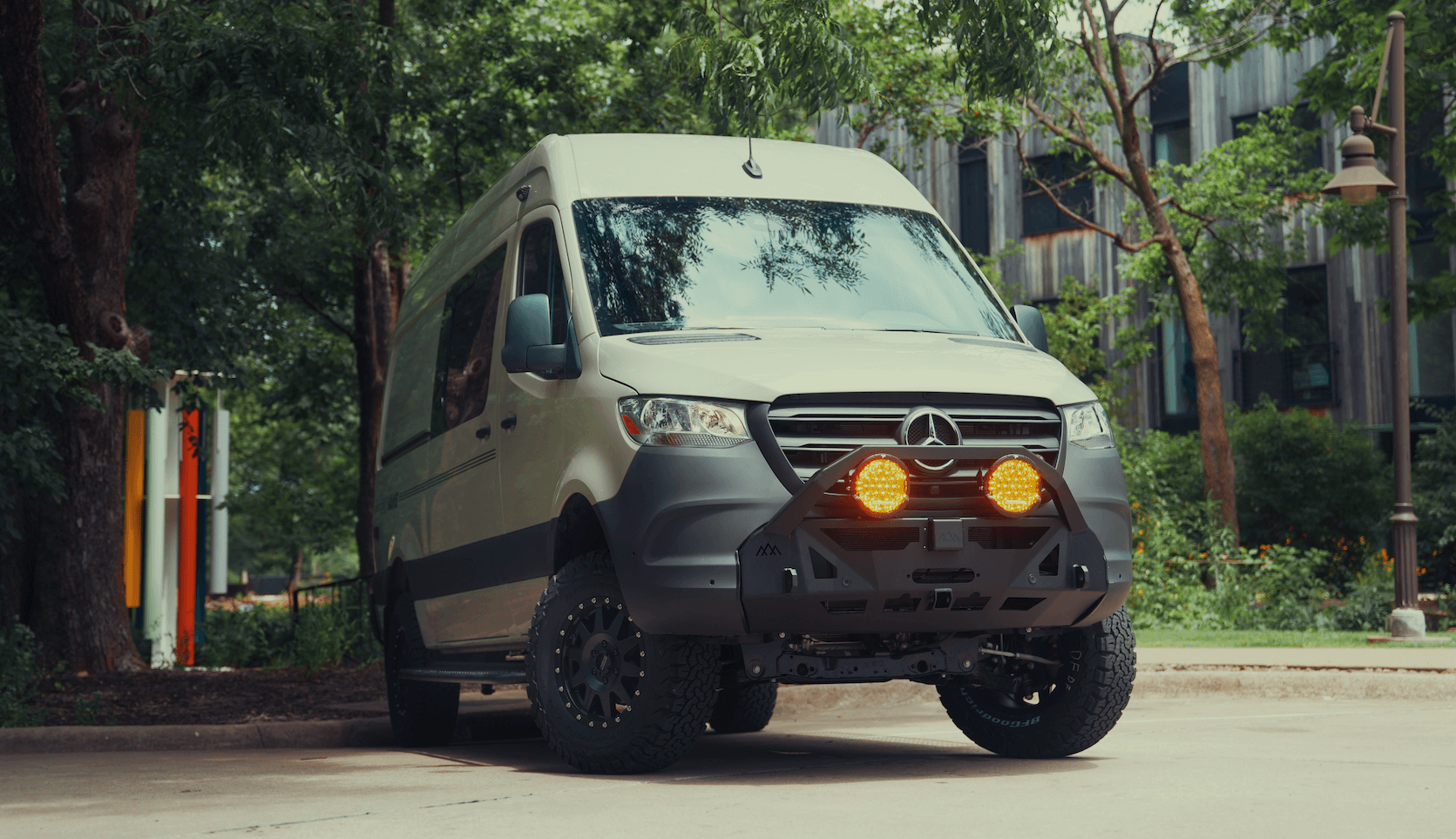Recreational Vans

The Utah national parks loop strings together the Mighty Five in one unforgettable circuit. The route typically starts from Las Vegas or Salt Lake City and runs through Zion, Bryce Canyon, Capitol Reef, Arches, and Canyonlands. Expect 900 to 1200 miles of driving depending on your entry and exit points, side roads, and optional overlooks. The loop showcases deep canyons, Navajo sandstone fins, alpine plateaus, and surreal hoodoos, with elevation swings from river bottoms to high country. It is achievable in seven days, but ten to fourteen days gives you time to hike, adjust to altitude, and savor sunrise and sunset at each park.
Spring and fall are the sweet spots for the Utah national parks loop. March to May brings wildflowers and cooler canyon temps, while September to early November offers crisp air and clearer skies. Summer is popular, yet mid day heat can push well past 100 in low elevation areas like Zion’s canyon floor and the Moab region. From July to early September, monsoon storms create fast moving flash floods that can transform dry washes into hazards. Winter rewards patient travelers with quiet trails and snow dusted hoodoos in Bryce Canyon, but icy roads and limited services require flexible planning.
An America the Beautiful Annual Pass is the simplest ticket into all five parks and usually pays for itself on this single circuit. Arches uses a timed entry system in peak season, so plan your reservation window weeks in advance. Zion requires shuttle use in the main canyon during high visitation periods. Popular campgrounds book months ahead; keep plan B sites on your list in nearby national forest or BLM areas. Water is scarce between towns, so carry extra from base communities like Springdale, Moab, or Torrey.
From Las Vegas, the Utah national parks loop often runs I 15 to Zion, then UT 9 to US 89, Bryce via UT 12, Capitol Reef through Torrey, and onward to Moab for Arches and Canyonlands. From Salt Lake City, head south on I 15 and branch east as your itinerary dictates. Scenic Byway 12 rewards slower speeds with constant overlooks. Keep an eye on fuel range between Torrey and Hanksville, and between Hanksville and Moab if you explore side canyons. Cell coverage can be spotty; download offline maps for redundancy.
Desert travel is about respect for water, heat, and distance. Start hikes early, rest in the shade during midday, and refill whenever possible. Thunderstorms can arrive quickly; avoid narrow canyons with any chance of flash flooding. Wear grippy footwear for slickrock, carry a headlamp for pre dawn starts, and pack layers since high plateaus swing from chilly mornings to warm afternoons. Stay on durable surfaces to protect cryptobiotic soil, pack out all trash, and give wildlife plenty of space.
Inside the parks, campgrounds like Watchman in Zion and Devils Garden in Arches anchor their respective areas. If those are full, look to nearby public lands and private campgrounds outside park boundaries. Towns that support the loop include Springdale for Zion, Tropic for Bryce, Torrey for Capitol Reef, and Moab for Arches and Canyonlands. Book well ahead during spring bloom and fall color. For shoulder season comfort, consider heated bedding, efficient ventilation, and reliable cabin heat for crisp nights.
Long miles and elevation swings reward a quiet, efficient, well organized setup. Think reliable cooling for food, shade solutions for mid day breaks, lighting for pre dawn starts, and enough power for cameras, laptops, and navigation. Clearance and protective armor expand your options on graded backroads that lead to trailheads and overlooks. An integrated airflow plan makes sleep easier after hot days, while insulated panels take the edge off high country nights.
When you are ready to drive the Utah national parks loop, we set up adventure vans that handle heat, dust, and distance. Our team designs and builds complete custom interiors with secure storage for climbing gear and photo kits, efficient galleys, and sleeping layouts that convert fast at camp. Off grid power, solar, and smart charging keep fridges cold and devices topped up. We install suspension upgrades, lighting, racks, and communications so the rig stays composed on scenic byways and washboard spurs. If you want a full start to finish experience, see our custom recreation focused builds and our platform options that qualify for financing.
Map your miles conservatively, book the critical permits, and stack early mornings for the biggest hikes. Use the shoulder seasons for comfort, save space for surprise side trips, and give yourself a weather day to dance around storms. The Utah national parks loop delivers more scenery per mile than almost any road trip in the American Southwest. Arrive prepared, and the desert will do the rest.
Build your trip ready van: Tell us your route and crew size, and we will tailor a capable, comfortable build that thrives on this loop and every mile after. Start here:
Ready to drive the Utah national parks loop with confidence and comfort? Tell us how you travel and we will build the rig that fits your route, your crew, and your timeline. Start your custom van build today and hit the desert fully prepared.
ADDRESS:
6159 E Huntsville Rd, Fayetteville, AR 72701
PHONE:
(479) 326-9200
EMAIL:
info@ozkvans.com